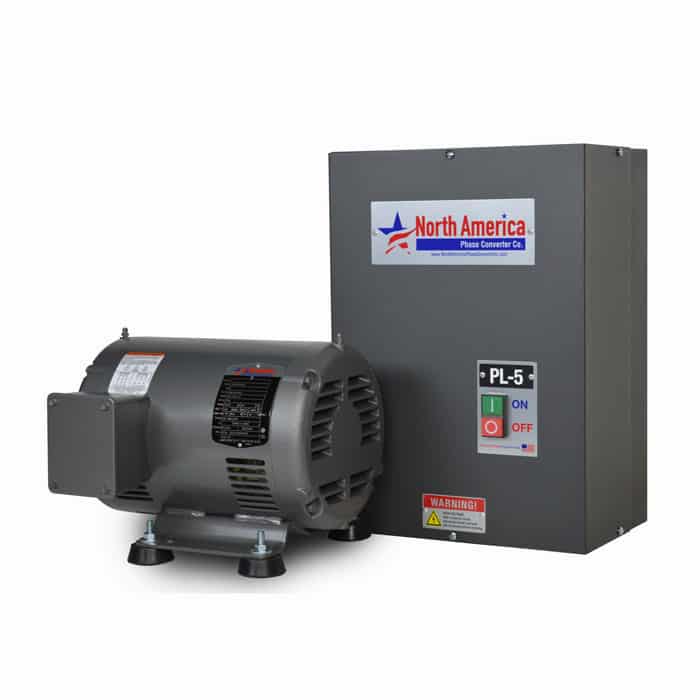- Joined
- Sep 25, 2014
- Messages
- 1,111
Phase Perfect = awesome. Pricey but well worth it.

Many years ago I did the same. Dirt simple, a used 3 phase motor, some big caps and a couple of switches. Your mill will be able to produce nearly full rated power. A cheap VFD gives you variable speed at the cost of less power at slower slower RPMs but for the rare times you need it you can always use the mill's mechanical drive. Electronics are relatively reliable but when they have problems getting them fixed can often come down to getting new ones. Since I'm cheap, I'd just get a used 3hp, 3ph motor and make my own again. (About double the size of the driven motor, might be overkill?) Electrolytic caps do wear out but they last a long time and aren't terrible expensive and are easy to come by. I had used a momentary contact switch to start my old one but you can easily add a timer in the circuit for startup. In Joe Pie's videos you can hear him start the Rotary converter. If the noise bothers you put it someplace else. They aren't different than any other motor for noise.I made my own rotary,
I'd consider that rotary phase converters are simple for the average person to fix if something goes wrong, I'd think the digital variety would be the opposite situation. Likely the digital variety is quiet, the rotary ones are just plain noisy and somewhat distracting. I made my own rotary, using a 7.5 HP motor, a static phase converter to start it and a bunch of oil filled capacitors; it works well and was cheap to build.
My Phase Perfect has been running like a top for 18 years. Zero complaints or issues.How is the longevity of Phase Perfect? That is my main reservation. They only have a two year warranty on their Simple line compared to American Rotarys' lifetime warranty on most parts. When I called Phase Perfect, they weren't very helpful with telling me how long the units were lasting.
If you could interrupt the etheric forces then you have achieved something.My Phase Perfect has been running like a top for 18 years. Zero complaints or issues.
